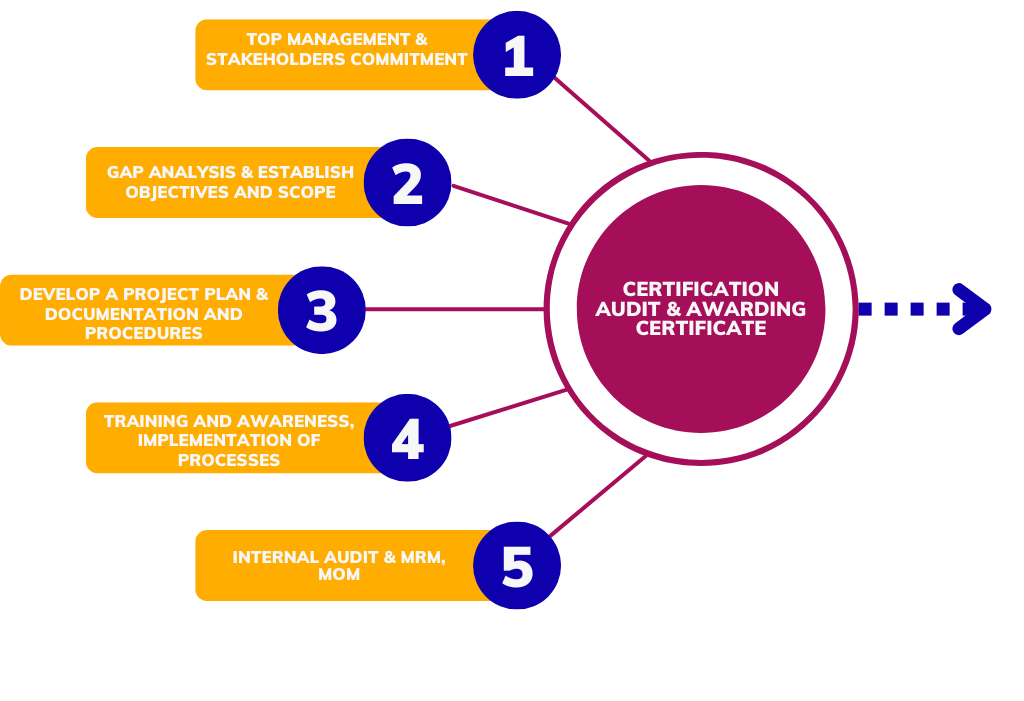ISO 14001 Certification Services in Kano
QUALIT
CERT
ISO 14001 is the globally recognized standard for Environmental Management Systems (EMS), enabling organizations to improve sustainability, reduce environmental impact, and meet compliance obligations. In Kano, where industrial sectors are expanding, ISO 14001 certification is a valuable step for businesses committed to environmental stewardship and long-term growth. Qualitcert provides comprehensive ISO 14001 certification services in Kano, guiding companies through each stage of the certification journey—from the initial assessment to the final third-party audit. Our expert consultants begin with a detailed evaluation of current environmental practices, helping identify key gaps and improvement areas to ensure full readiness for certification. Tailoring EMS implementation to each client’s operational needs, we assist in setting environmental objectives, identifying risks, defining policies, and embedding sustainable practices into everyday processes without disrupting productivity. Recognizing that employee involvement is critical, we also offer focused training programs in Kano, including EMS awareness sessions and internal auditor workshops, to build internal competence and maintain year-round compliance. Understanding that cost transparency is essential, Qualitcert provides clear estimates based on organizational size, complexity, and current systems, covering everything from implementation and training to certification support. By achieving ISO 14001 certification with Qualitcert, businesses in Kano can strengthen their environmental credibility, comply with regulatory standards, and reduce costs through efficient resource management—all while demonstrating their commitment to sustainability to customers, regulators, and stakeholders.
Please Reach Us Today


Approach and Methodology used to implement Management System Standard

Implementing an ISO standards involves a structured methodology to ensure that the organization effectively meets the requirements of the chosen standard and achieves certification. Sometimes defined methodology may vary depending on factors such as the size of the organization, its industry, and the complexity of the ISO standard being implemented, the following steps provide a basic framework

OUR
Process
1, Determine the ISO Standard
2. Understand the Requirements
3. Training and Awareness
4. Implement the System
5. Internal Audit
6. Certification

Benefits of having ISO Certification
Enhanced Credibility and Reputation
Legal and Regulatory Compliance
Enhanced Customer Satisfaction
Access to Global Markets
Environmental Sustainability
Information Security
Our Achievements and Success
Our Clients






